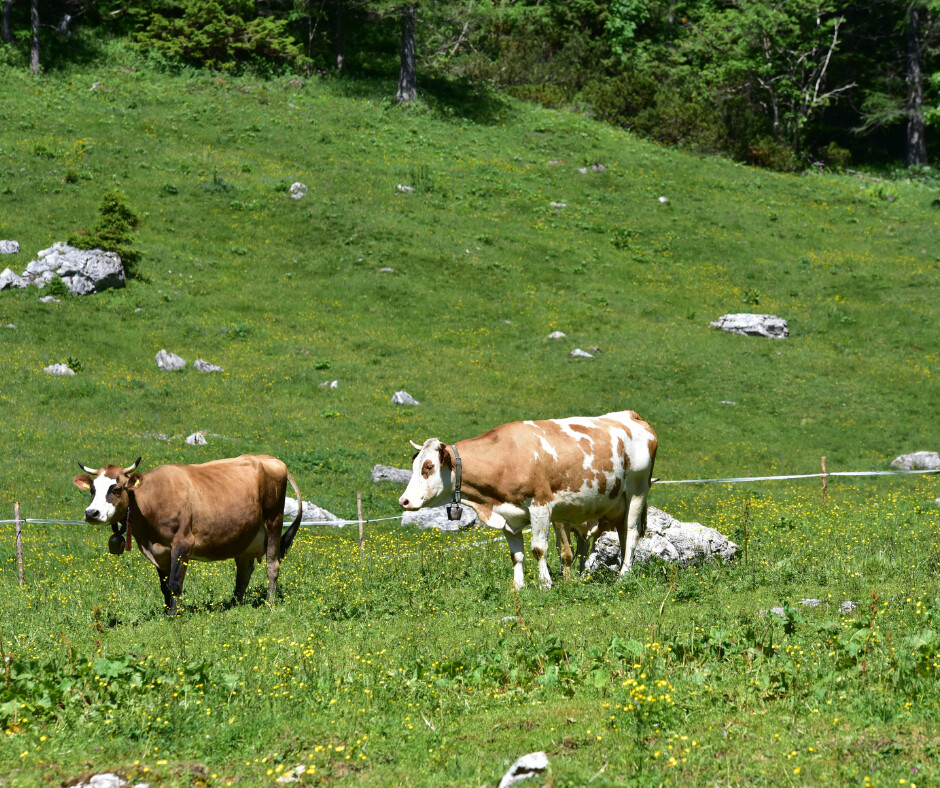
Animals that graze are able to eat grass and convert it into all the components they need for a healthy body. They can do this because they have multiple stomachs which allow them to process the grass in stages. Beef cattle that finish their lives in a feed lot without grass, are fed many pounds of grain and soy to make a single pound of meat. One of the reasons there is controversy about this practice is because the grains that are fed cows could be used to feed humans that are in need of food.
The Environment
Cattle were grass fed before the 1950s. After that, the demand for beef sky rocketed and cattle began finishing their lives in feed lots. They grow faster and weigh more because of the grain and soy they are fed. But even most grass fed cattle is considered to be hard on the environment because of the methane gas and manure they produce. However, there are some sustainable farming practices that can actually improve the soil by rotating crops and the livestock over time. In spite of this, some still feel that the land that is used for grazing cattle could have a more positive impact on the planet if it were planted with other crops or trees.
Nutrition
Grass fed beef contains more vitamins and minerals than feed lot raised beef. It also contains slightly less saturated fat. Even though it's better for you than conventional beef, there is concern by researchers over the long term affects on your health. The World Health Organization classifies it as class 2 carcinogen meaning it is likely harmful for you. My personal opinion is that some people do well with beef and some do not. So talk to your doctor and pay attention to how you feel after you eat beef.
Antibiotics in Cows
The only way to raise cows in crowded feed lots is to routinely give them antibiotics. So when you eat conventional beef, you consume those antibiotics. It is thought that is one of the reasons whey there are more and more antibiotic resistant bacteria. Grass fed cows stay healthy naturally and live longer happier lives. They are also often given hormones, which you in turn ingest.
Labeling
Buying organic beef does not mean the cows were grass fed their entire lives. It simply means that whatever food they were given was organic and pesticide free, and that they were not given hormones or antibiotics. The government doesn't regulate the term grass fed, so if this is a concern for you, you can learn about the farms you buy from or look for a seal from the American Grassfed Association (AGA).
Grass Fed Dairy
Studies have shown that organic grass fed dairy contains more Omega-3 fatty acids than conventional milk. In addition to having more healthy fats, grass fed dairy doesn't contain the inflammatory fats that are found in milk coming from grain fed cattle. The best organic grass fed dairy comes from Jersey or Guernsey cows because they have not gone though a genetic mutation. The genetic mutation results in an inflammatory protein called A1-beta casein. If you're lucky, you will be able to find milk labeled as A2. For some people, it can make a big difference in how they feel consuming dairy.
Did this help you? If so, I'd greatly appreciate it if you commented and/or share it on social media.

Email: sharonledwards@hotmail.com
Facebook: https://www.facebook.com/sharonledwardsbiz/



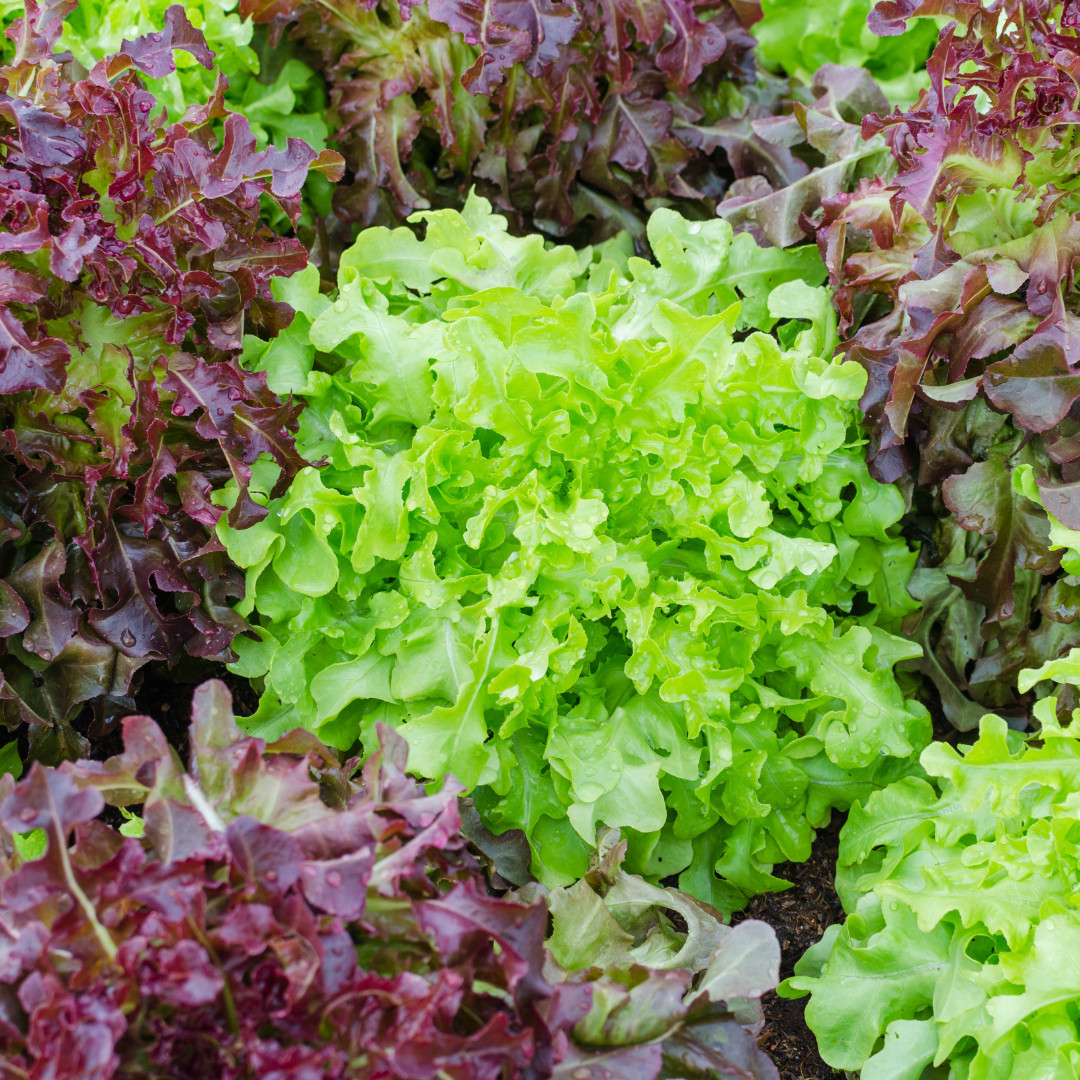
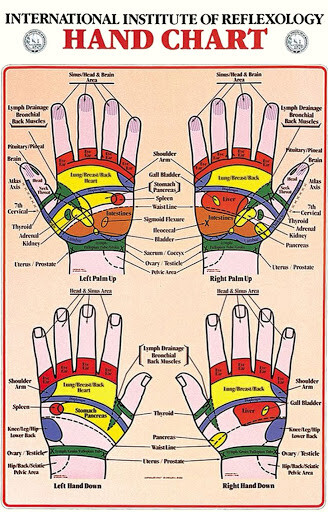

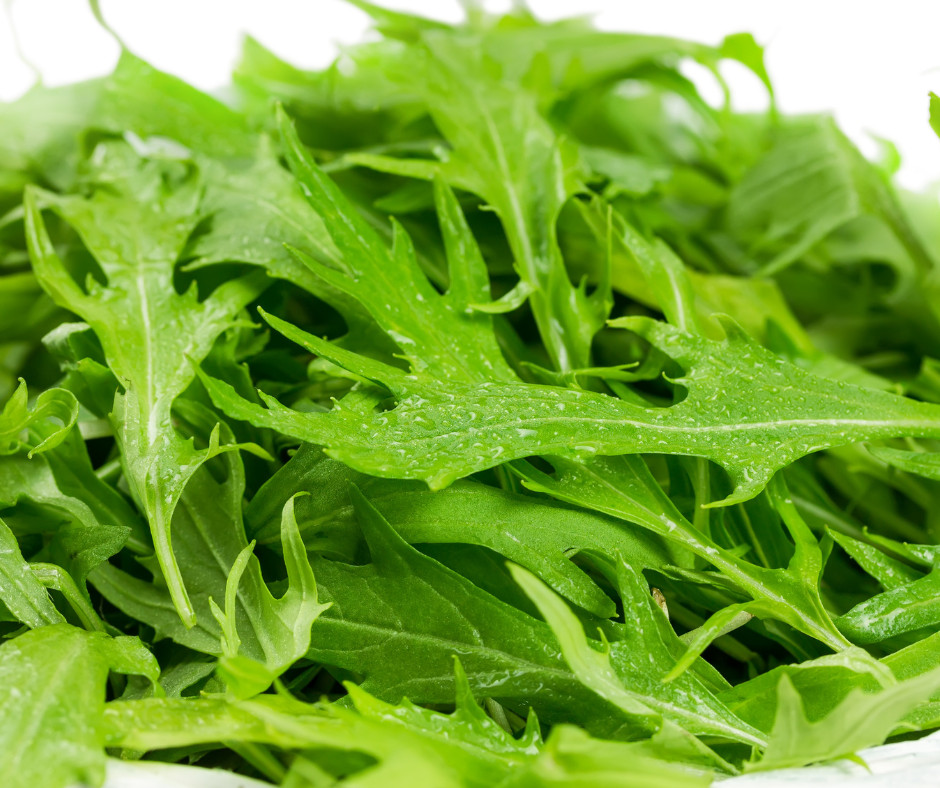

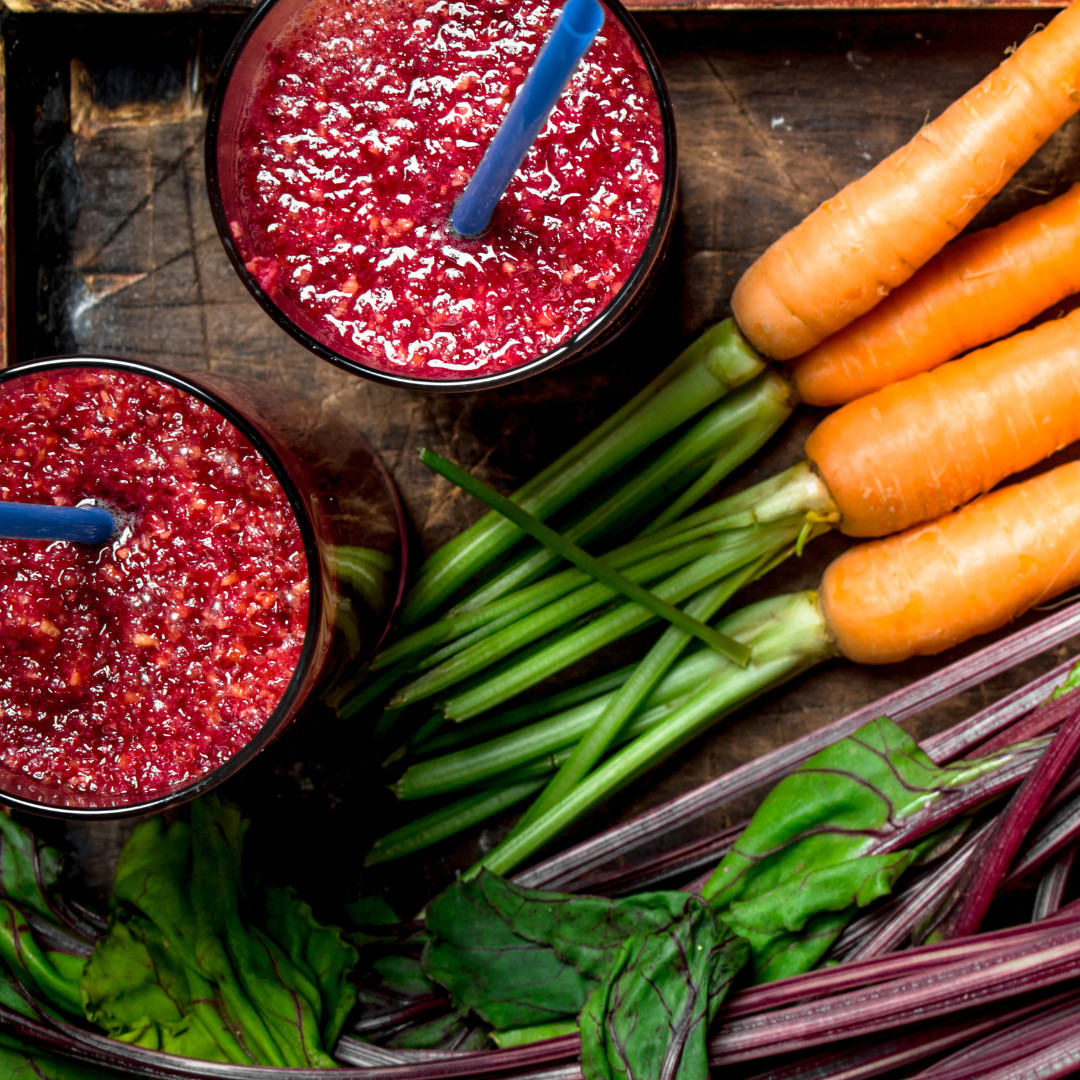
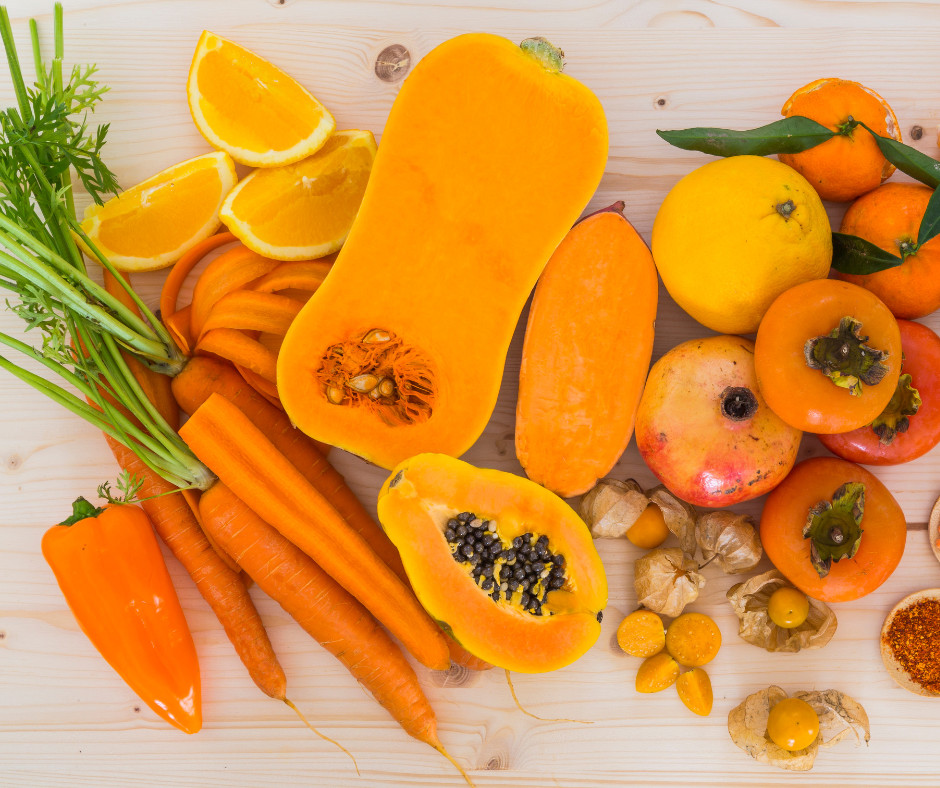

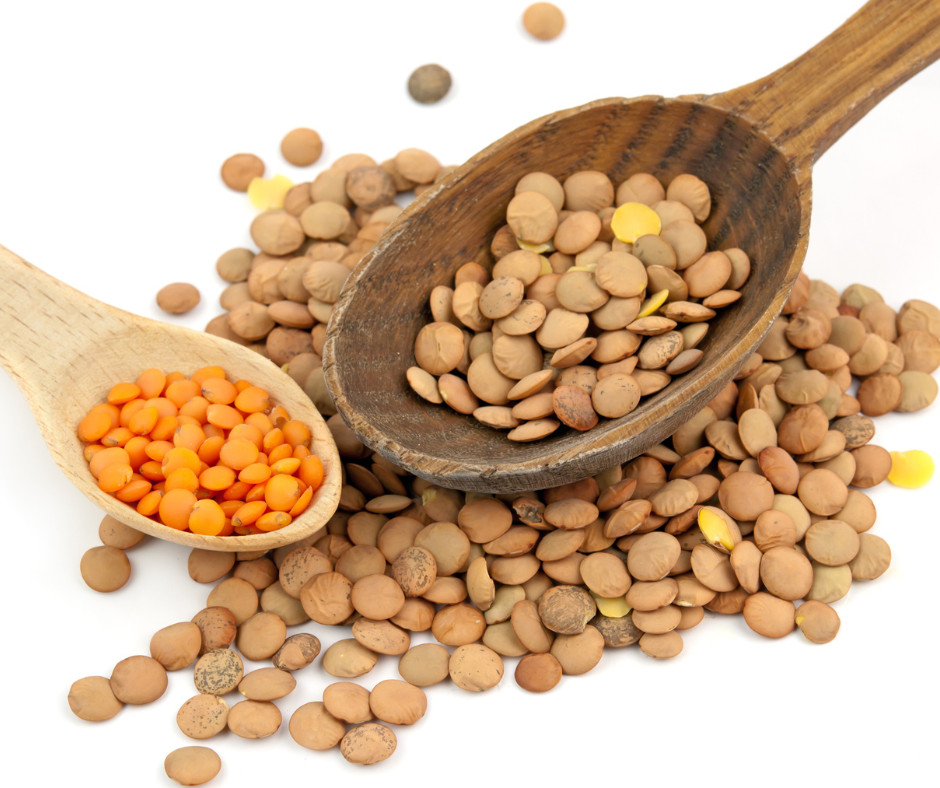
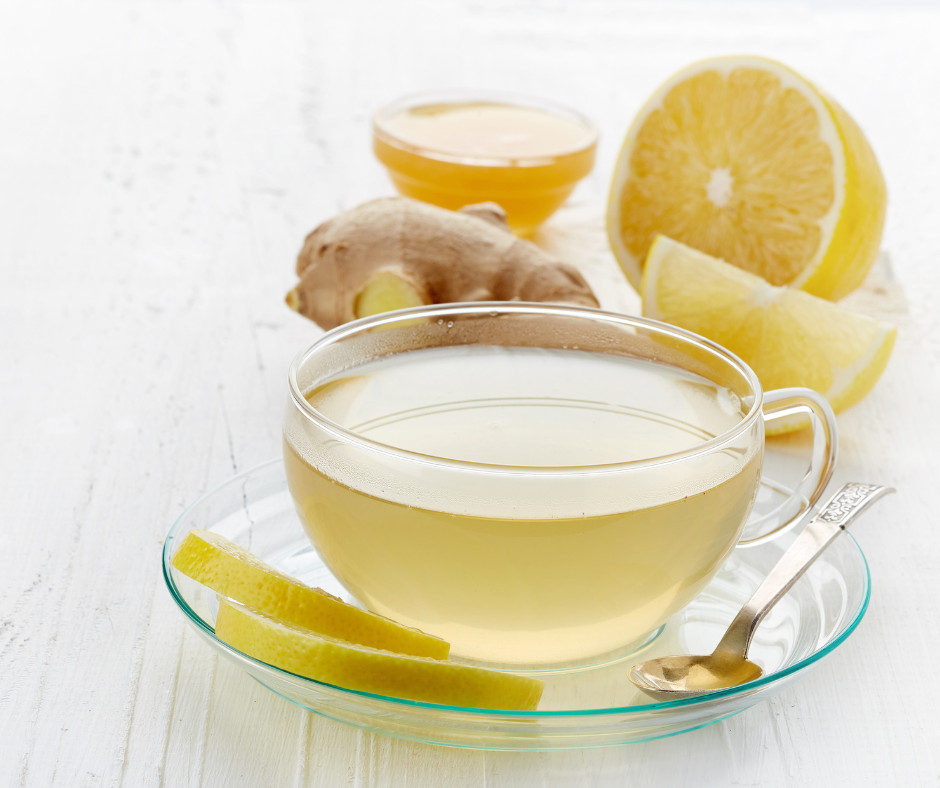





0 Comments